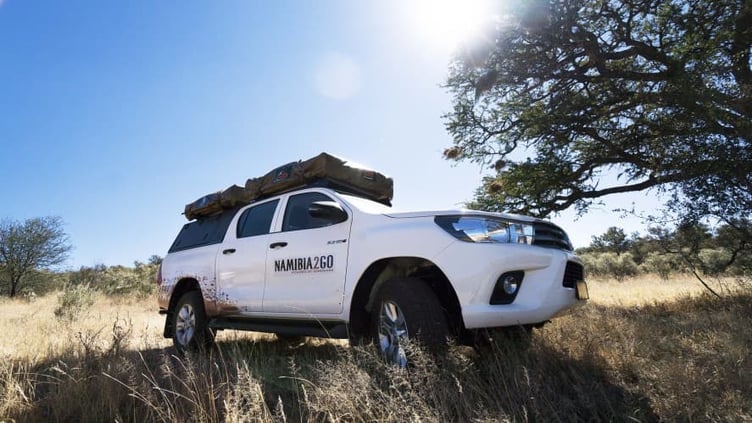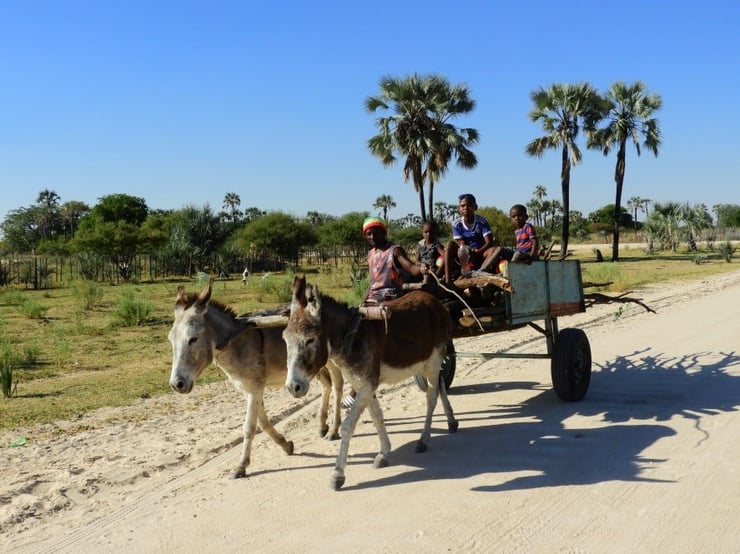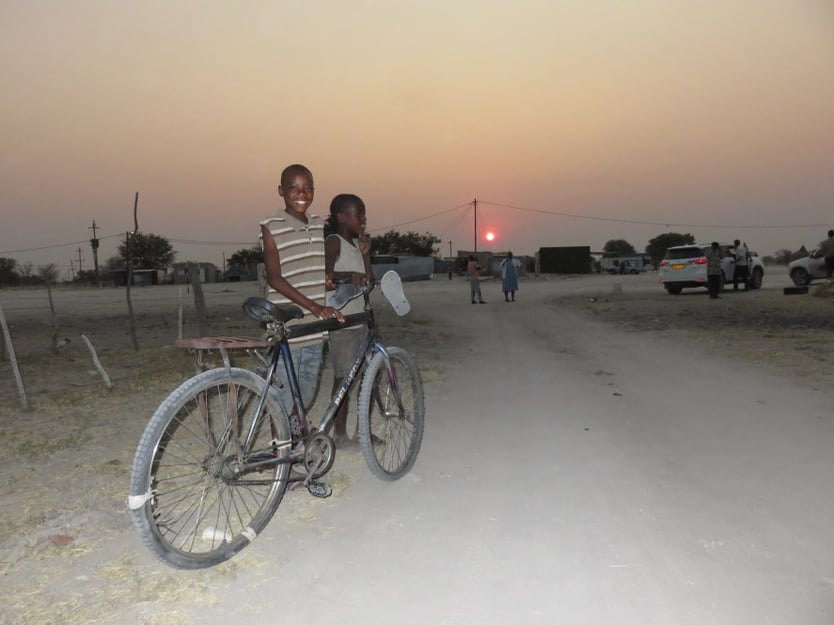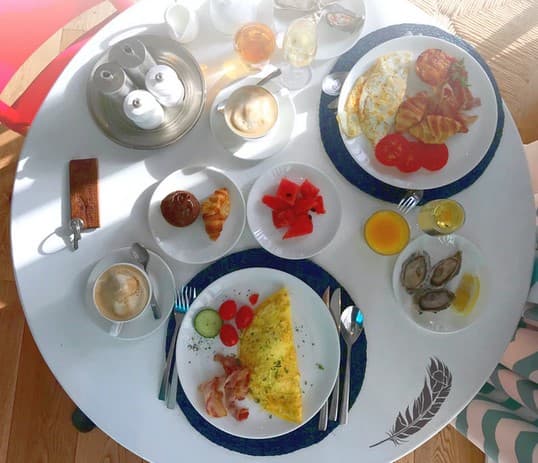“Do you know what a foreign accent is? It's a sign of bravery.” – Amy Chua
Blending into the local culture while travelling out of your home country has become an integral part of the global jetsetter culture.Travelling is no longer exclusively about sightseeing, but much rather about engaging and merging into a new way of thinking.Some reckon this is what distinguishes a traveller from a tourist. Travellers who have already covered vast distances coming to Namibia might even decide to go the extra mile… or kilometre…(the metric system applies here).
Here is a list of expressions to get you started:
Atata
This expression is used to exclaim doubt or surprise. For even more effect, you can prolong the word, pronouncing it atatatatatata.
How to use it in a sentence:
“Swakopmund is only a 300-something-kilometre drive from Windhoek. It is not that far.”
“Atata!”
“It’s just around the corner.” (Says every Namibian yearning for the cool coastal air.)
“Atatatatata!”
Bakkie
This is many Namibians’ preferred mode of transport, because it allows for spontaneous off-road adventures. The Americans call it a pick-up truck.
How to use it in a sentence:
“Let’s take the bakkie for our trip to the desert.”
Braai
Our barbecue is famously known as a braai and is a favourite pastime amongst Namibians. Remember, it is a social occasion,never just a meal.
How to use it in a sentence:
“Let’s have a braai at my place on Saturday.”
Braaibroodjie
Attention: use with caution. This is a tricky one. But if you do get it right, you might have just passed the test of sounding more Namibian.
How to use it in a sentence:
“I will make braaibroodjies for the braai on Saturday.”
Important note: A braaibroodjie consists of two slices of bread filled with cheese, tomato and onion grilled on the fire. If you feel a little adventurous, add some chutney or mayo for taste. But don’t you dare add any other ingredients and call it a braaibroodjie. We call that a regular toasted sandwich.
Howzit
This is a combination of “hello” and “how are you?”. If you say it to someone, you will get a reply like, “Hi! I’m fine, how are you?”
Ja-nee
This expression literally translates as “yes-no” and despite the undeniable contradiction, it s often used when agreeing with someone’s statement. Confused? Ja-nee, no one said it will be easy.
How to use it in a sentence:
“It is very worrying that the rainy season is almost over, and the dams aren’t full yet.”
“Ja-nee, I can see how dry it is.”
/Na!
This would be your response to the question “howzit?” and it means good, well or even nice. The slash indicates the special pronunciation of this word, requiring a clicking sound. How to pronounce it: N – click – aa. Try not to isolate the click-sound, but make it flow. The best is to practise it out loud… with the risk of sounding like a weirdo. But we won’t ask questions.
How to use it in a sentence:
“How was your holiday?”
“It was /na!”
OR
“I will phone you later.”
“/Na!”
Sies
This expression is used to express disgust.
How to use it in a sentence:
“Sies, your bakkie is dirty. You should wash it.”
Siestog
Add “tog” after “sies” and it completely changes meaning. This expression is used to express compassion or pity.
How to use it in a sentence:
“The elephant cow is very protective of her baby.”
“Siestog!”
Disclaimer: If you don’t sound Namibian after reading this article,keep practising! For best results, ask any Namibian about the correct pronunciation. And remember that speaking a language with a foreign accent is a sign of bravery.

Congratulations! You have just taken the first step to sounding more Namibian. How many of these expressions do you use? Which other expressions can you add to the list?
Annelien Robberts is an avid wordsmith who turns her pen to all things travel, culture, and lifestyle. She was born in a small town called Otjiwarongo and grew up on a farm nearby. Creativity, nature and animals make her happy
.










SUBMIT YOUR COMMENT